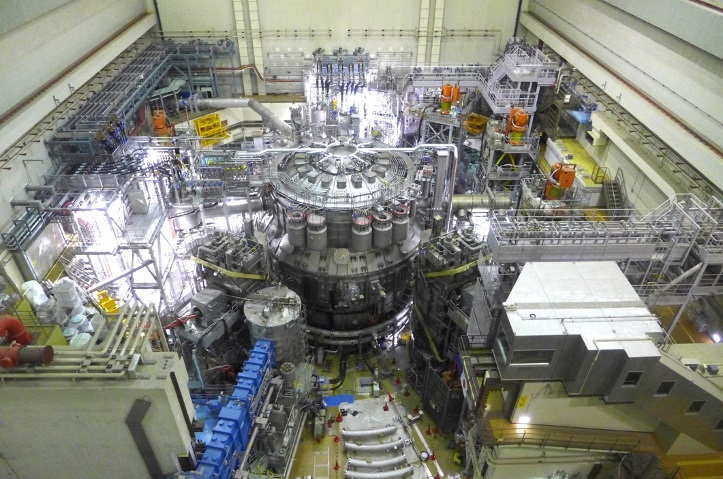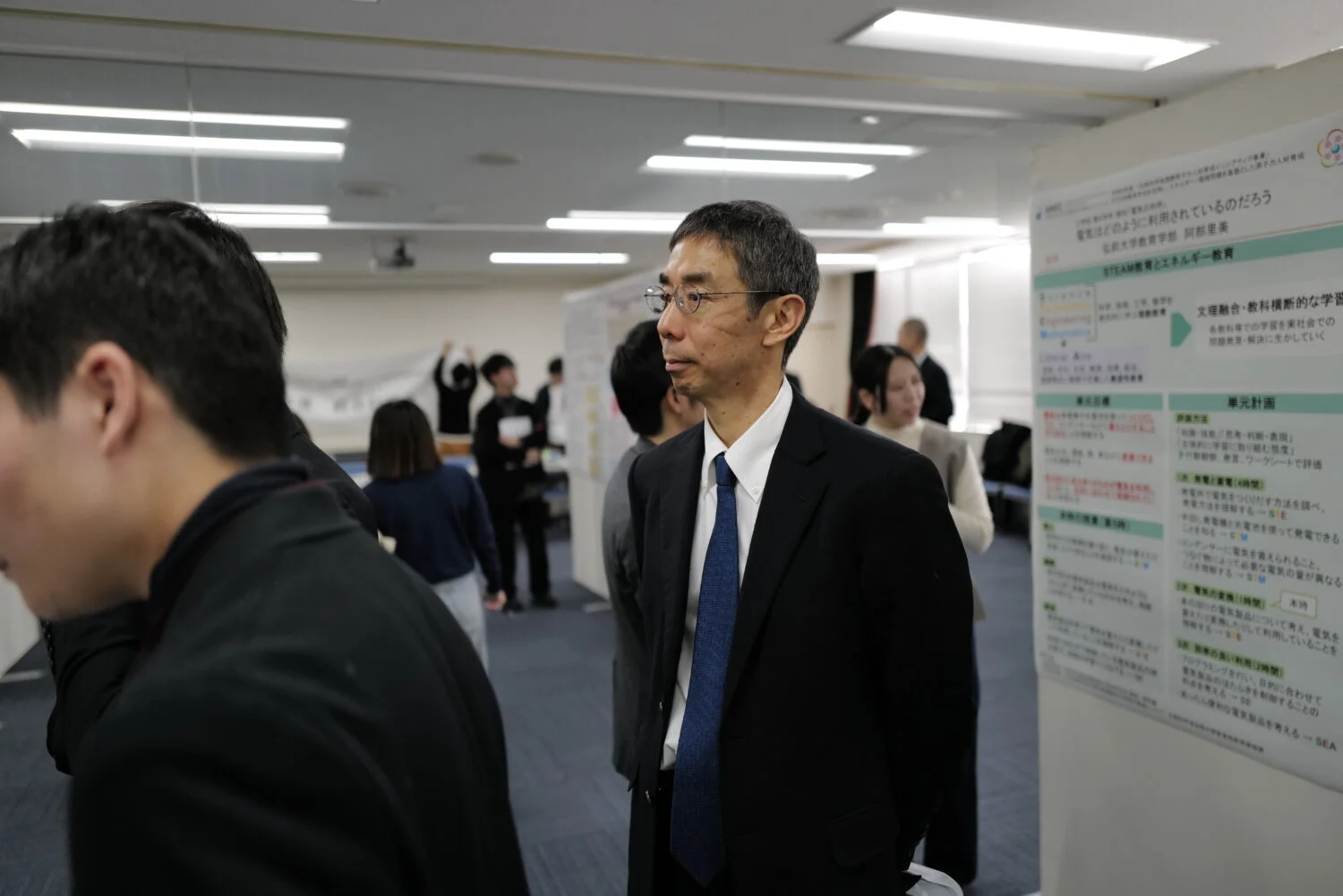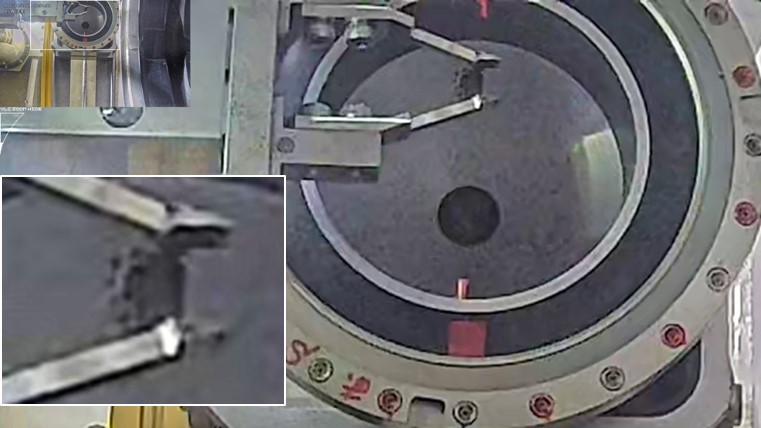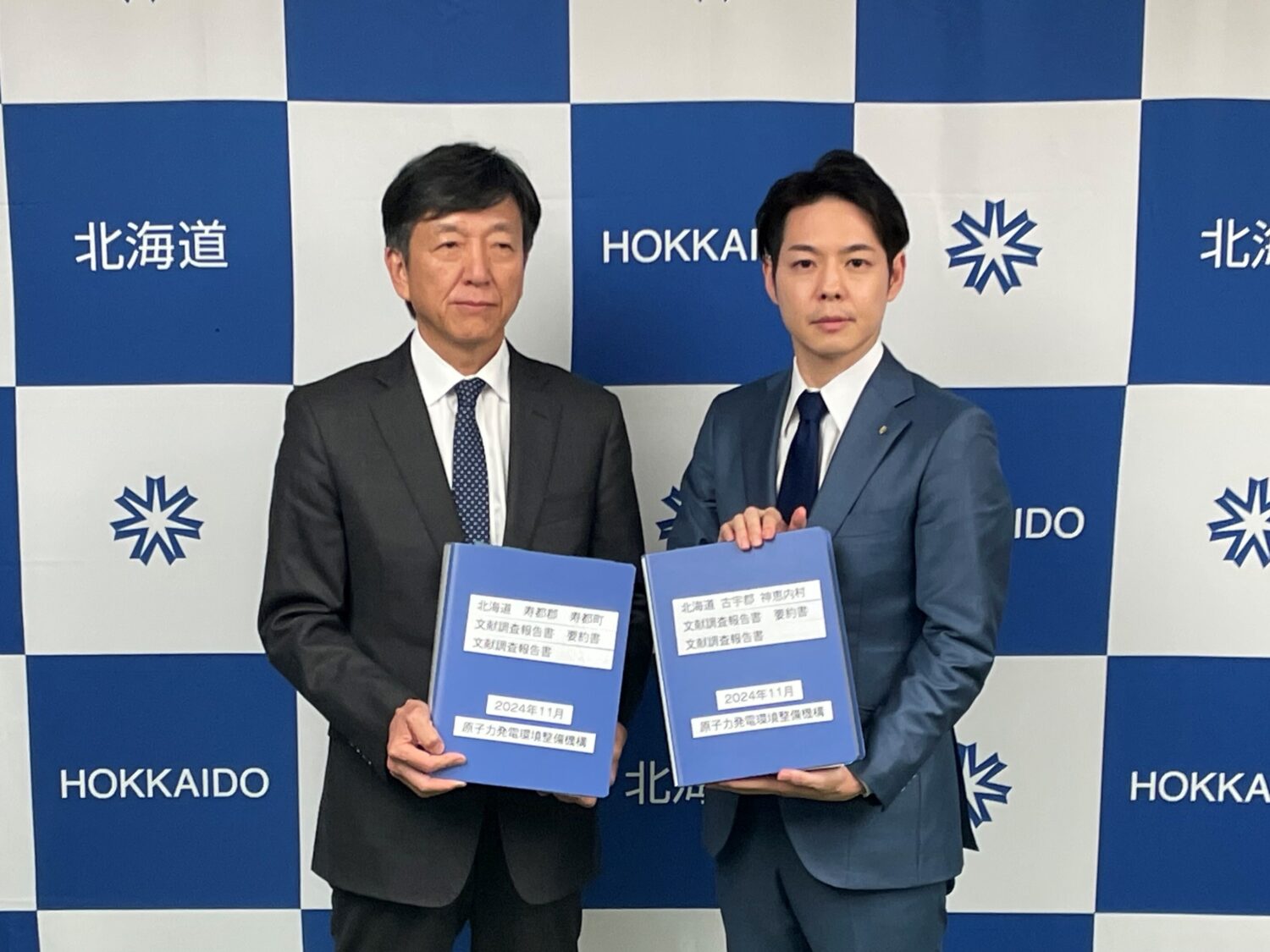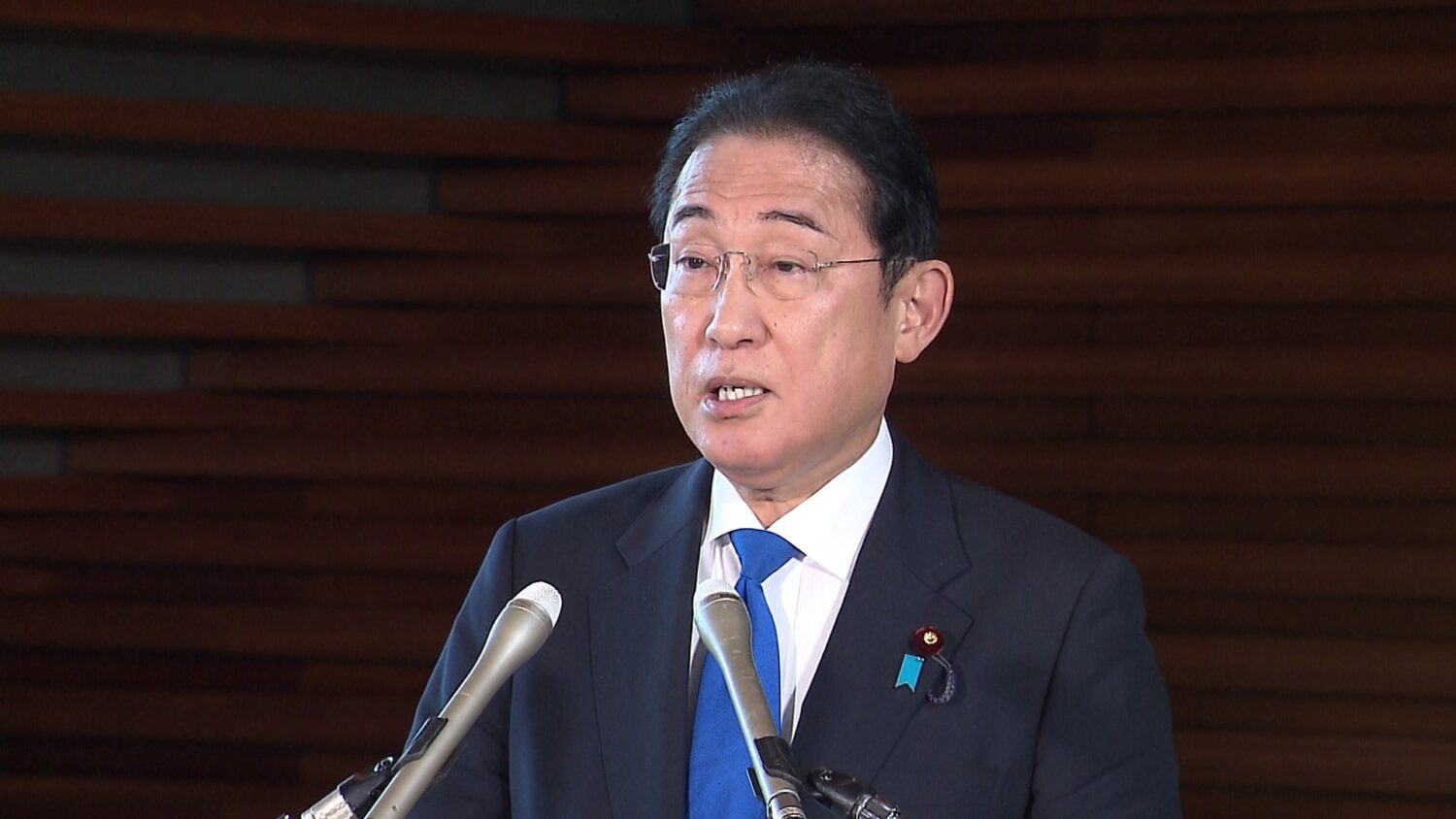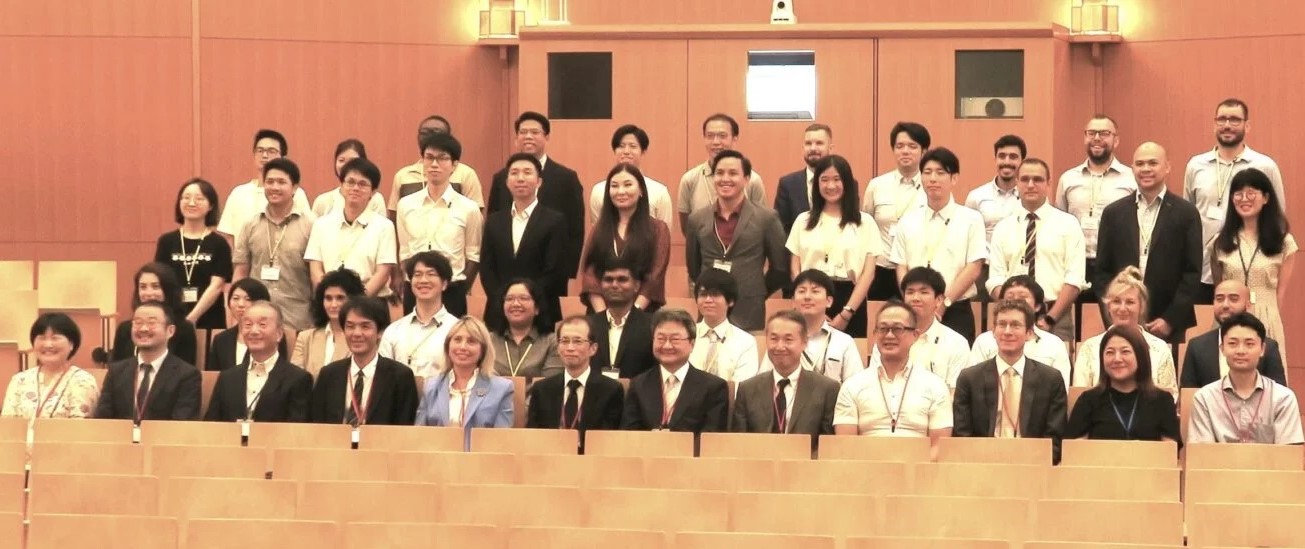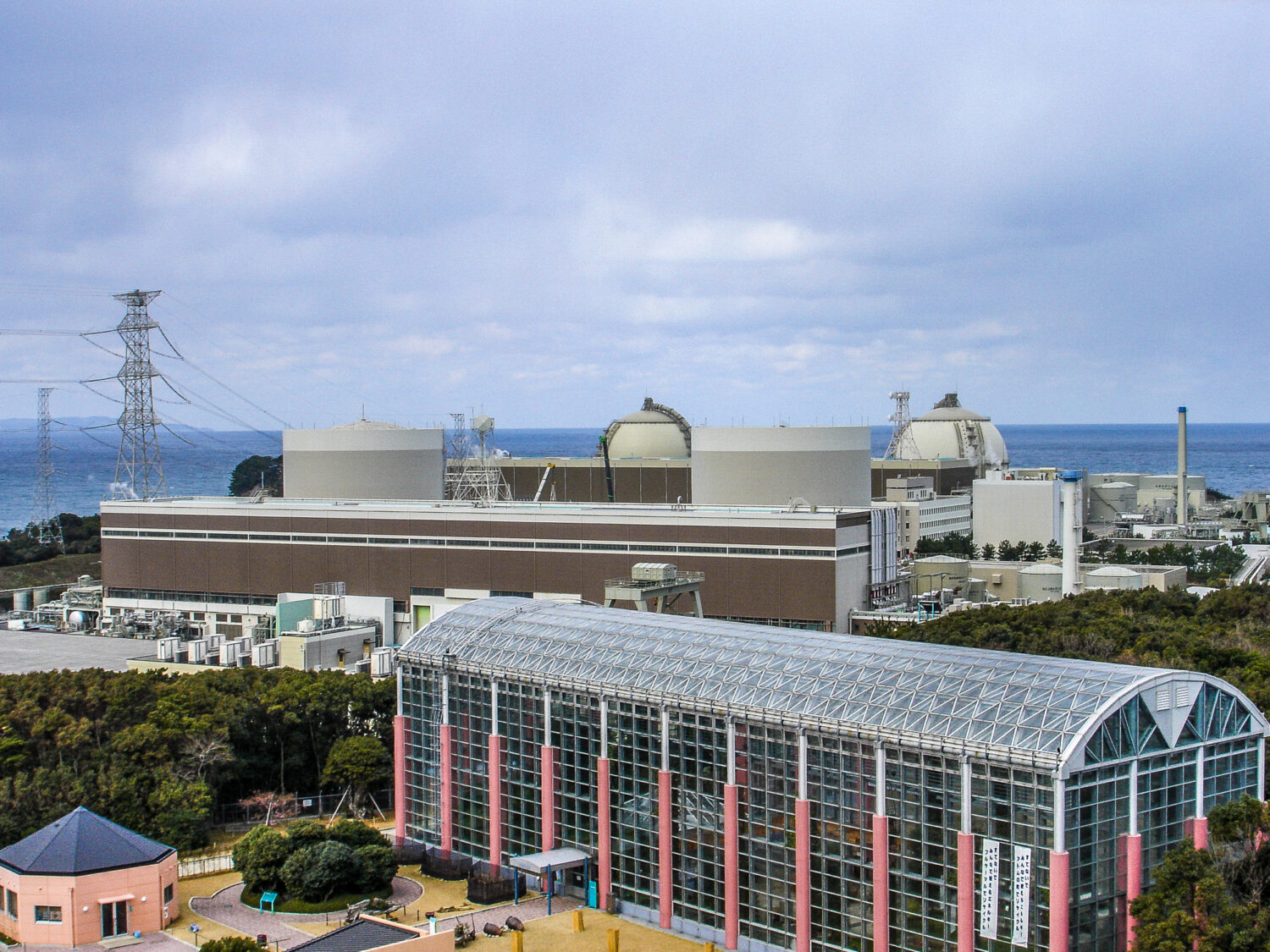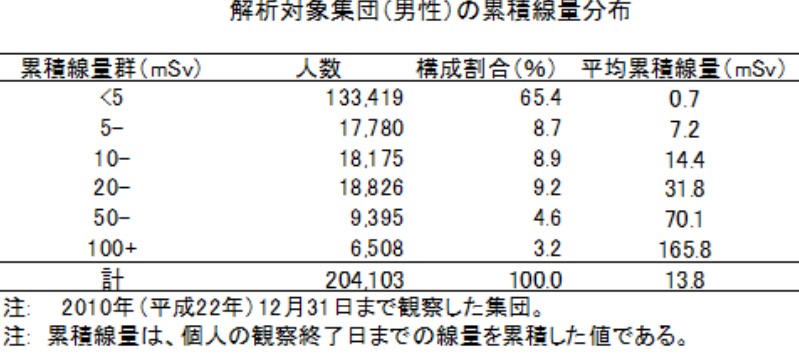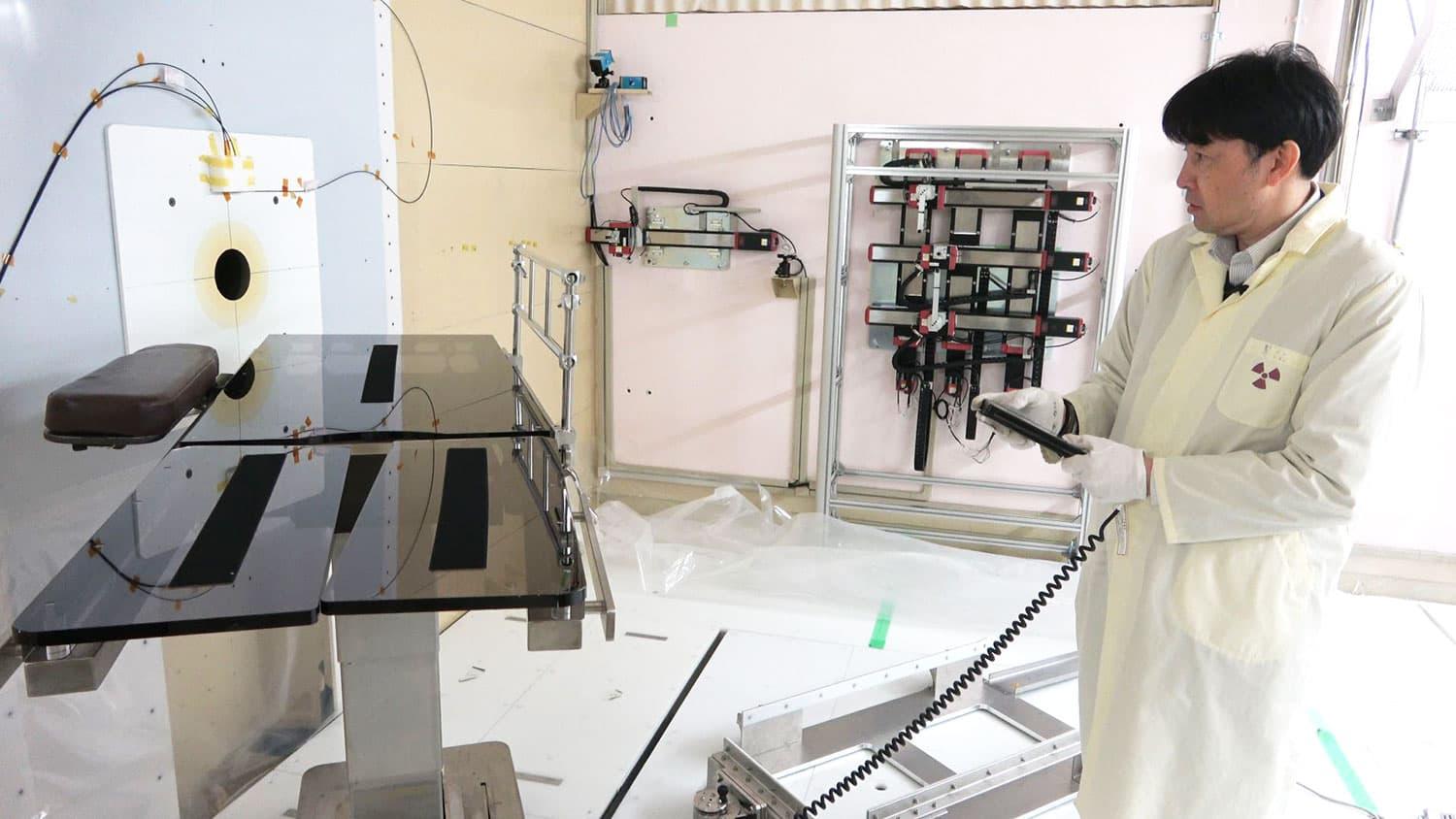In addition to X-ray examinations—which use externally-generated radiation to make images of internal anatomy—examinations in nuclear medicine involve imaging using radiation sources positioned inside the body. The most common forms are positron emission tomography (PET) and single photon emission computed tomography (SPECT).
According to investigations by the JRIA, demand for higher-quality scans is on the rise, although no substantial change has been seen in the overall clinical need for nuclear medicine scans. There were approximately 580,000 domestic cases of PET usage in 2012, increasing to around 710,000 in 2017.
For SPECT examinations, which number about a million annually in Japan, all the molybdenum-99 (Mo-99)—the material used in technetic acid pharmaceutical preparation—is imported from abroad, resulting in frequent shortages of supply in Japan. Given various issues in the foreign nuclear reactors where the substance is produced, related parties in Japan have started to talk more about public-private cooperation in domestically producing Mo-99, with the Japan Society of Nuclear Medicine also making proposals in that regard.
The JRIA has emphasized that establishing a stable supply system for the material is a pressing need under the current circumstances. At that association’s initiative, the Japan Foundation of Medical Isotope Development (JAFMID) was formed in the summer of 2018 toward building a nationwide system to promote the domestic production of technetic acid pharmaceutical preparation.
Meanwhile, the JRIA, in reference to therapy using radioisotopes, has noted that the use of alpha sources has been confirmed to have curative effects in many cases. The association said that a system of global supply is being established for some radiation sources.
Referring, however, to the fact that such usage is restricted to the academic level domestically, the JRIA said, “While Japan is one of the most advanced countries in the field of nuclear medicine diagnostics, it is twenty years behind in the area of nuclear medicine therapy.”
Pointing out, also, that university facilities are using radioisotopes less and less, the JRIA made a series of proposals, as follows:
- Further expansion of its use through the securing of a stable supply.
- More progress in therapy using actinium-225 (an alpha source undergoing R&D outside of Japan).
- Human-resource development and enhancement of understanding on radiation and isotopes.


